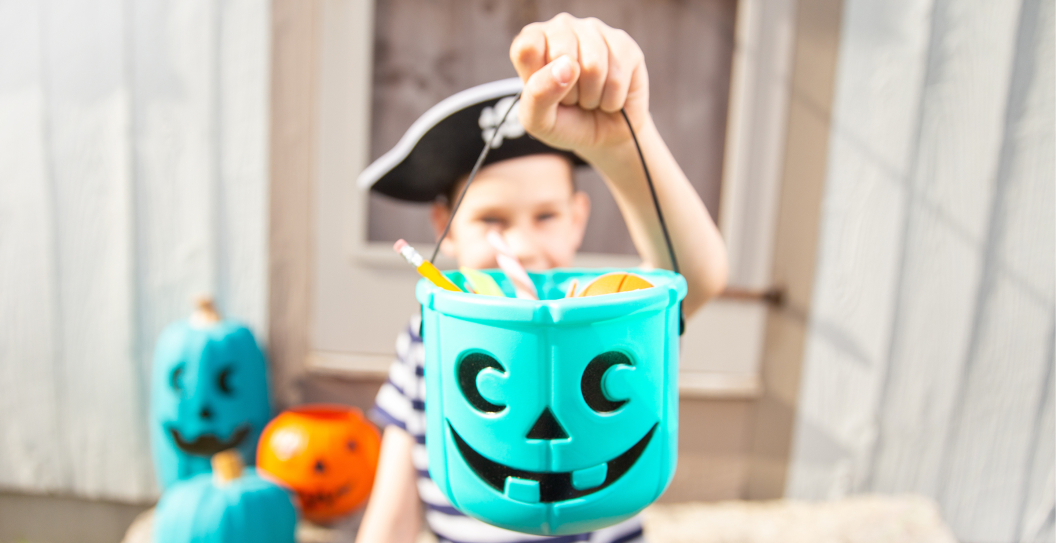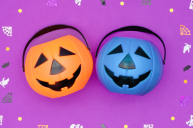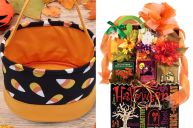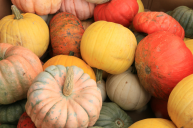Halloween is a night of fun, costumes and candy — but when you're walking the neighborhood and spot a teal pumpkin on a porch, there's more to it than just an aesthetic choice. That teal pumpkin isn't about Halloween decor; it's about inclusivity.
The teal pumpkin is directly linked to FARE, which stands for Food Allergy Research & Education. FARE initiated the "Teal Pumpkin Project" as a way to indicate that a household offers non-food treats. This is incredibly important for kids who have food allergies, dietary restrictions or other health concerns. When they see a teal pumpkin, they know they can safely get a treat there without the risk of an allergic reaction.
On a night dominated by chocolates, candies and other sweets, it's easy for kids with food allergies to feel left out. The teal pumpkin serves as a beacon, showing that everyone is thought of and included in the festivities. And making sure everyone feels loved and cared for is so important. You absolutely want to make sure you do all you can to help and include others.
So, if you're considering joining the movement, it's pretty simple. Place a teal pumpkin outside and have non-food treats on hand for trick-or-treaters. It's a small gesture with a big impact, ensuring all kids can enjoy a safe and happy Halloween.
What Do Teal Pumpkins Mean?
The Teal Pumpkin Project is an effort to raise awareness of kids with life-threatening food allergies. If you don't have children with these needs, you probably didn't realize that Halloween means something completely different to those families since they can't trick-or-treat for actual Halloween candy.
Peanuts, dairy, eggs and wheat contain food allergens which spur reactions that have been increasing in prevalence in recent years, and some kids can end up in the ER from eating candy that contains those ingredients.
However, a teal pumpkin on the front porch is a message that that house has non-food items for trick-or-treaters who need them as an allergy-friendly alternative.
A Safe Halloween
If your child suffers from food allergies, then trick-or-treating can be a stressful thing rather than the fun family Halloween tradition it should be.
According to The Virginian-Pilot, Suzy Brophy, a teacher in Virginia Beach, wrote a children's book on the subject in honor of her student, Macy Evans, who was born with life-threatening food allergies. Macy's Teal Pumpkin teaches kids about what Halloween is like for kids such as Macy.
Participants in FARE's Teal Pumpkin Project simply place a teal pumpkin on their porch. You can also display a sign stating that non-food treats are available for kids with allergies.
Small toys, spider rings, bouncy balls, erasers, stickers, stencils, glow sticks, crayons, bookmarks, necklaces and other trinkets are popular goodies for non-food treats. You can also still give out candy to kids who don't have allergies if it's kept in a separate bowl.
If you want to read Macy's Teal Pumpkin, you can find it on Amazon. Read more about the Teal Pumpkin Project here. This year, whether you're hosting a Halloween party or just handing out trick-or-treat goodies, consider spreading awareness of food allergies to your neighborhood with a teal blue pumpkin. That way, all trick-or-treaters are able to have a happy Halloween and to go home with a bag of Halloween treats!




